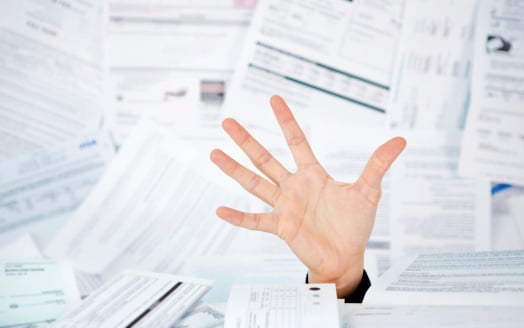Economy
U.S. Credit Card Debt on Track to Rise by $55 Billion in 2014
Published:
Last Updated:

The data are contained in the latest study from CardHub.com, which also notes that the second-quarter increase was 46% higher than the next highest second-quarter debt buildup (2011) and nearly 200% higher than the increase in the second quarter of 2009.
Here are a few more data points from the CardHub report:
At the end of the second quarter of this year, the Federal Reserve Bank reported that revolving debt outstanding in the U.S. totaled $875.2 billion, up from $853.2 billion at the end of the second quarter of 2013. At the end of the second quarter revolving debt was up about $14 billion sequentially. Also according to the Fed, total U.S. consumer debt at the end of the second quarter was $3.169 trillion, up $65 billion sequentially and up more than $202 billion year over year.
ALSO READ: Should Regulation Cost $2 Trillion in the Manufacturing Sector
A financial advisor can help you understand the advantages and disadvantages of investment properties. Finding a qualified financial advisor doesn’t have to be hard. SmartAsset’s free tool matches you with up to three financial advisors who serve your area, and you can interview your advisor matches at no cost to decide which one is right for you. If you’re ready to find an advisor who can help you achieve your financial goals, get started now.
Investing in real estate can diversify your portfolio. But expanding your horizons may add additional costs. If you’re an investor looking to minimize expenses, consider checking out online brokerages. They often offer low investment fees, helping you maximize your profit.
Thank you for reading! Have some feedback for us?
Contact the 24/7 Wall St. editorial team.